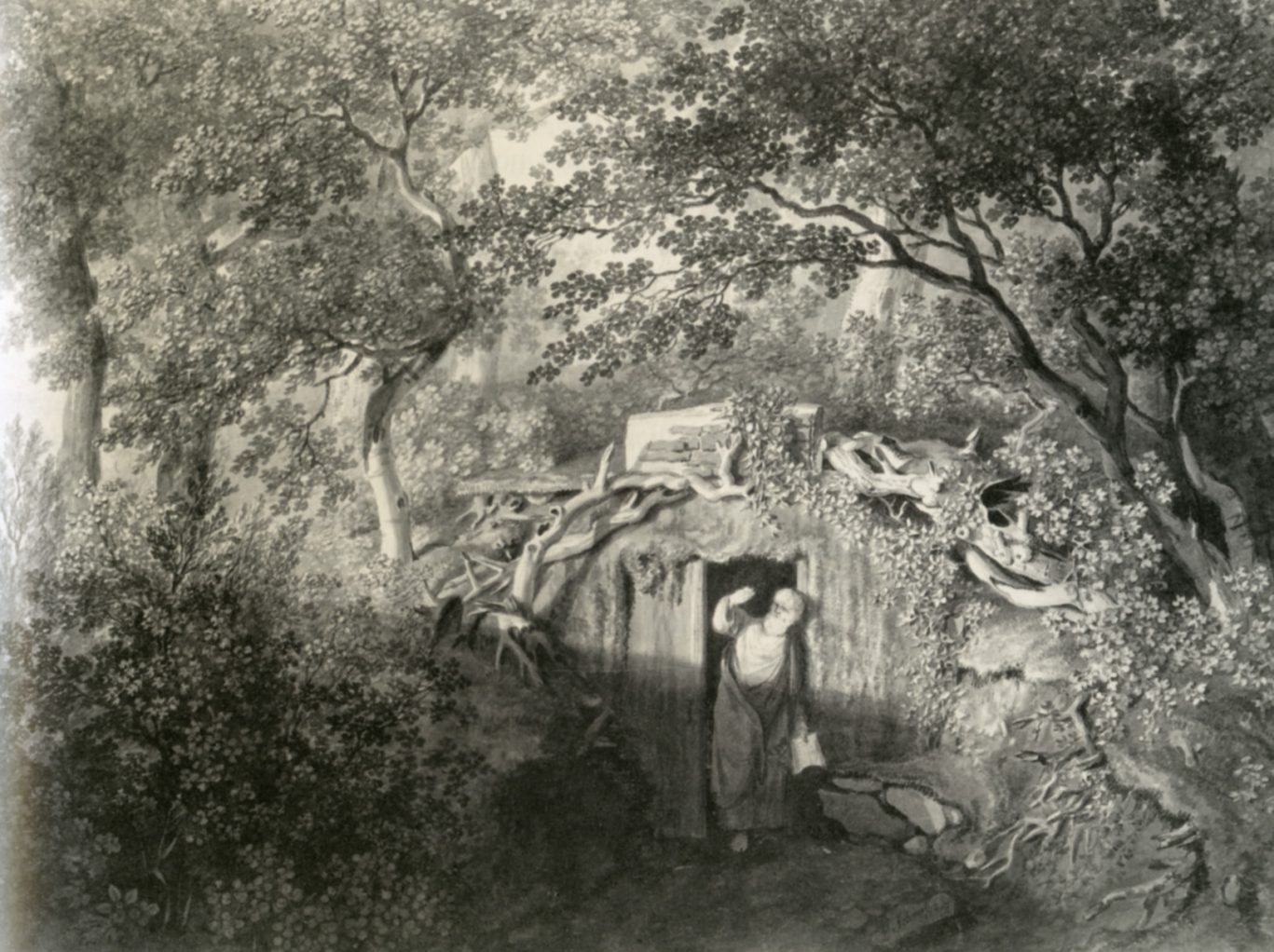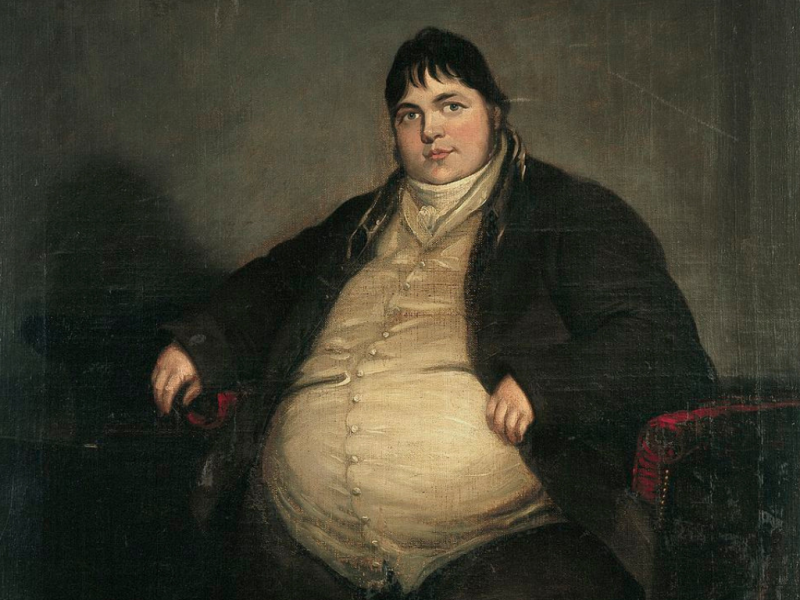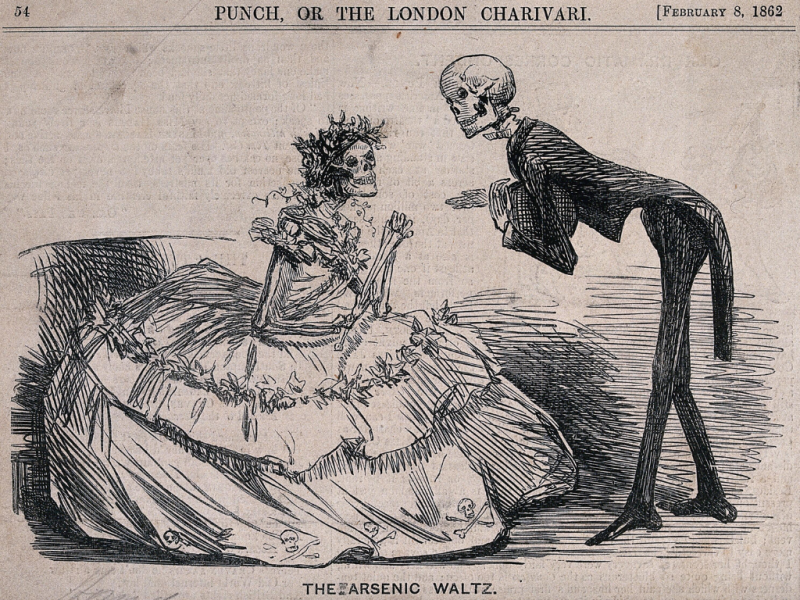For the first time, the Chelsea Flower Show will this year take place in September, May’s show having been a virtual affair. One thing we can be sure of is that none of the gardens will include, is a resident hermit, a quite peculiar 18th century phenomenon that was, unsurprisingly, short-lived. It’s origins date back even further, however.
Francis of Paola, who lived as a hermit in a cave on his father’s French estate in the early 15th century, was perhaps the trailblazer of the trend. After relinquishing the hermit life, he subsequently served as a confidant and advisor to King Charles VIII. Thereafter, throughout France, estates of the elite often included small chapels or other buildings where a resident religious hermit could remain in attendance. Somewhere along the way the practice took a turn away from religious devotion and ‘hermitting’ in itself became a profession, albeit only for those willing to put up with some of the rather bizarre stipulations required by the aristocracy of the 18th century:
Given that it was often written into contracts that the hermit would forgo all payment should he leave (he was always a he) before his tenure was up, one clearly needed to show proof of a strong will before applying for the position.



